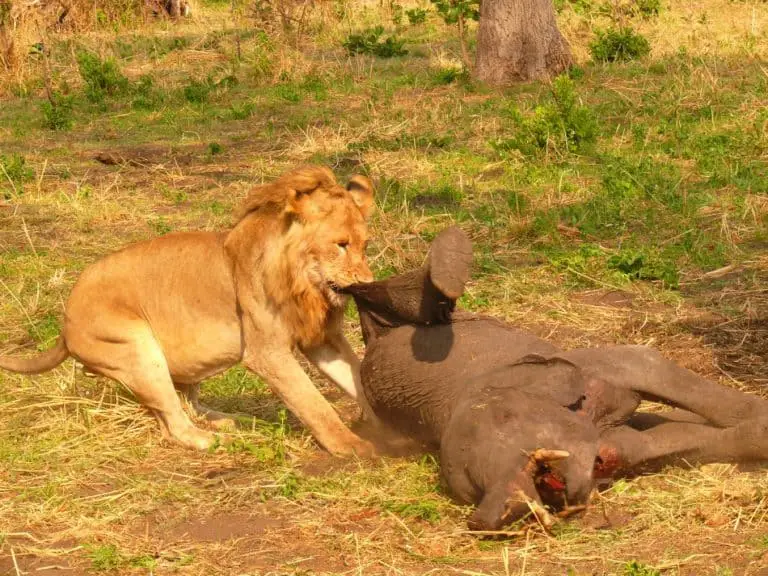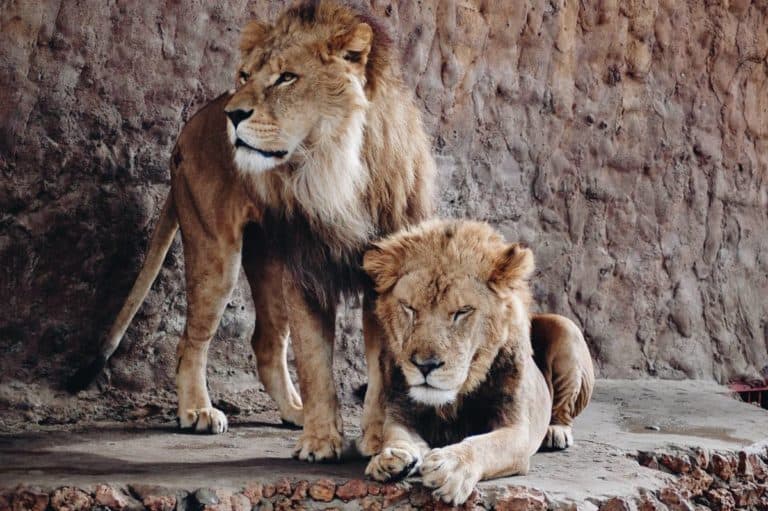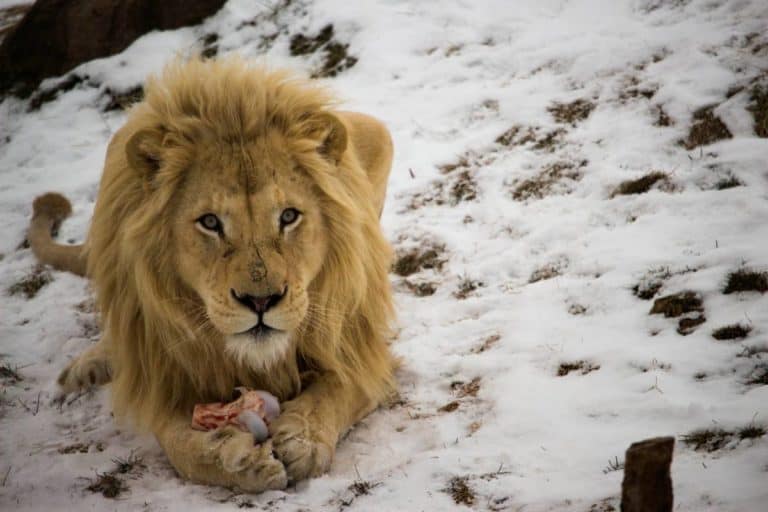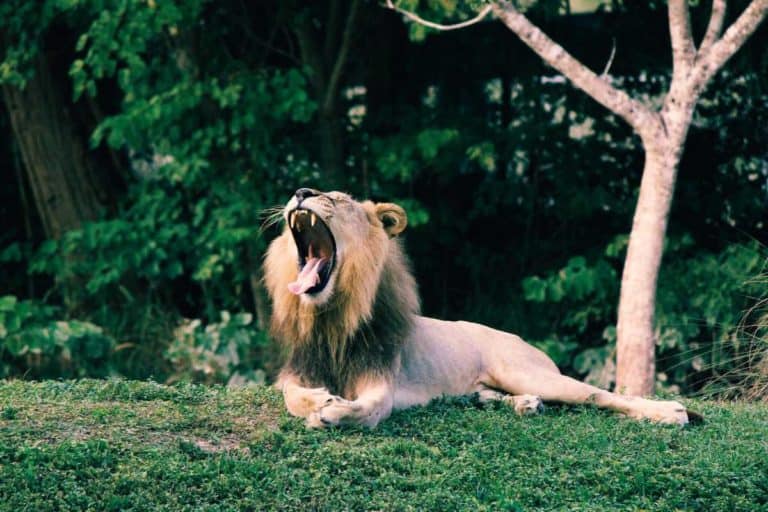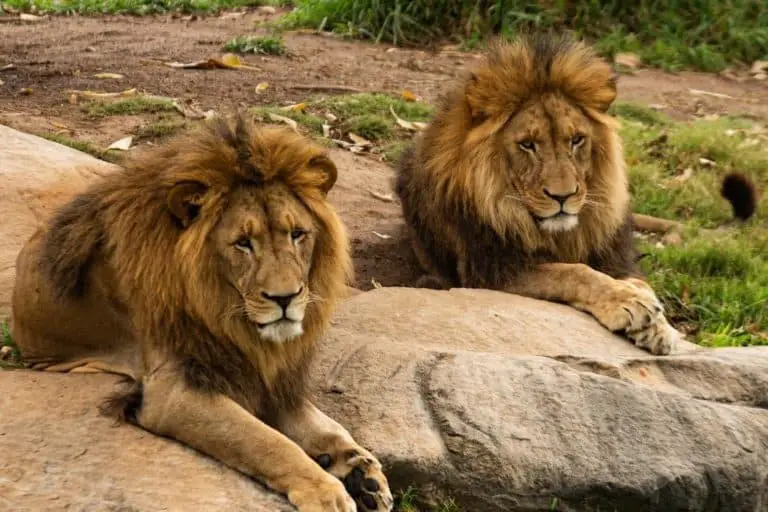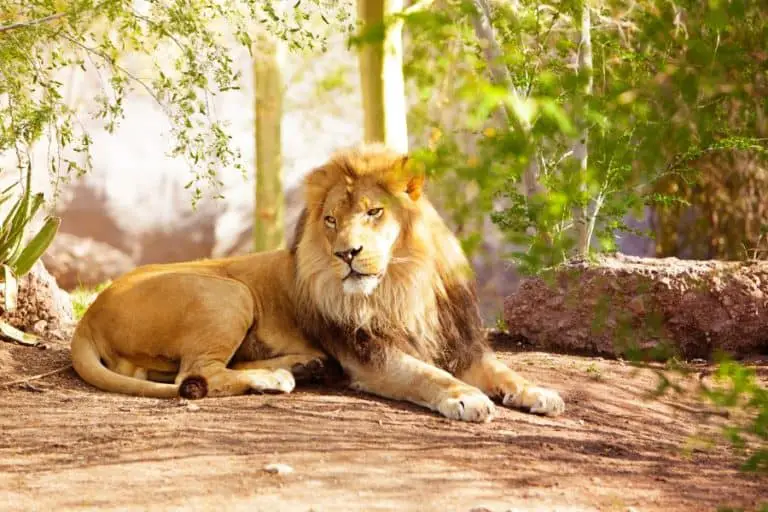Why are Lions different from other Cats? 10 Main Difference
Lions are different from other cats because they have a lot of differences. Lions and other cats share the same ancestor, but lions developed their own characteristics over time.
There are many ways lions differ from other cats, including how they look, what they eat, where they live, and how big they grow. Lions live in Africa and Asia, while most other cat species live in America or Europe. Here are the 10 main ways that lions differ from other cats:
1) Lions are the only cats with a full mane.
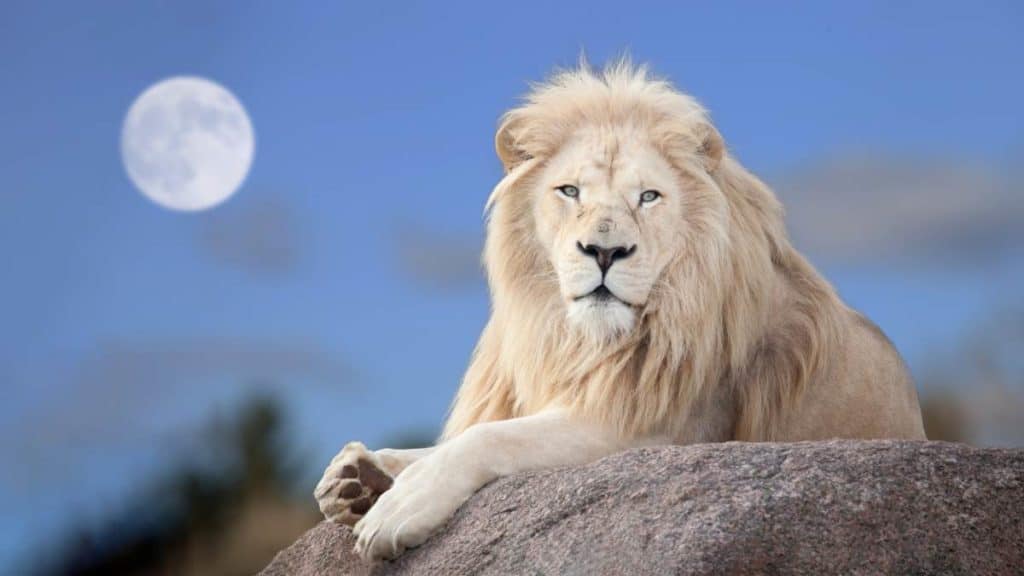
Lions are the only cats with a full mane. This is because they have hair on their face, unlike other felines who have whiskers.
The lion’s distinctive mane helps distinguish it from other species of cat but also serves as protection for its neck and head when fighting against another animal.
The long hair around the jawline acts as a cushioning device that absorbs impact during clashes with rivals or prey.
It also protects the eyes by creating an air space between the top of the nose and upper lip, which shields them from dirt blown up by running at high speeds or leaping through brushy terrain like tall grasses.
Lions use their manes to identify and show dominance within the pride.
2) Lions are the only cats that live in groups, called pride.
A pride comprises about ten or more related females and their cubs and a few males who may be fathers to some of the cubs.
The male lions do not help raise the young; they just hang out with the group until it’s time for them to find another pride.
They usually kill any existing males to avoid competition for food and mates when this happens.
Lionesses will stay together for life, but when one dies or can no longer care for herself, she will leave her litter behind so that others can feed them even if she was caring for them before becoming incapacitated.
This type of behavior is sporadic in the animal kingdom.
3) Lions are the only cats that can roar.
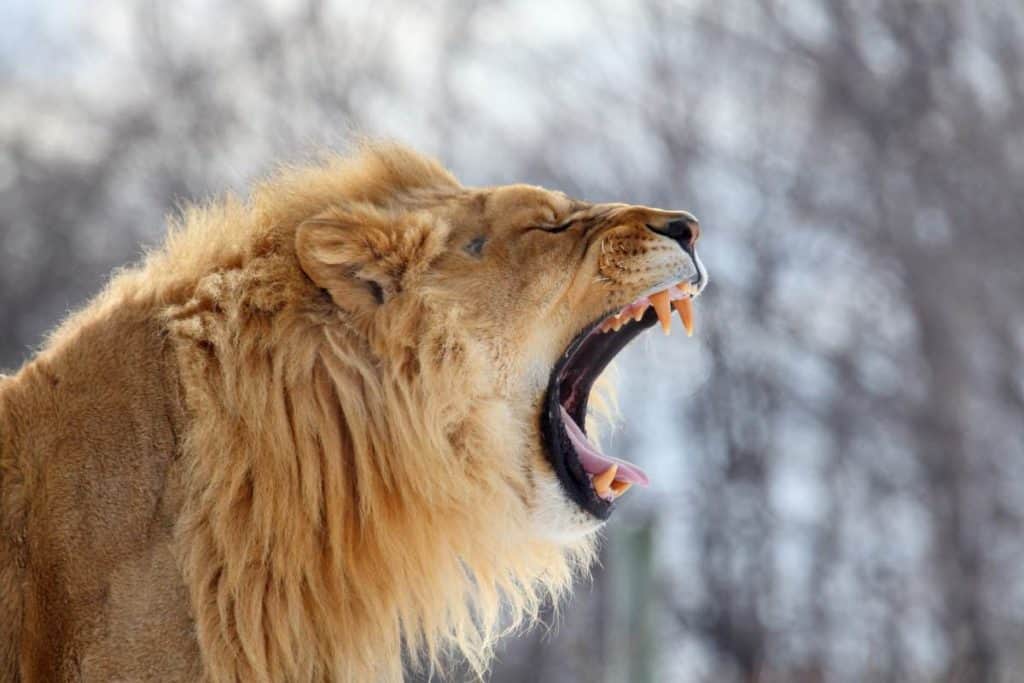
Cats are a type of animal, and lions are one specific kind of cat. Many other types of cats do not roar like housecats or tigers.
Lions were once found throughout Africa and Asia, but now they only live in Africa due to hunting and habitat destruction.
The word “lion” is sometimes used as slang for an influential person; this usage probably comes from the fact that lions have been seen as powerful animals for humans since ancient times.
They were often shown on coins with emperors during Roman Times because emperors wanted to be associated with such an impressive creature.
Some people use lions as symbols or mascots, like the Lions Club or the British soccer team “Lions.”
4) Lions are the second largest of all the wild cats.
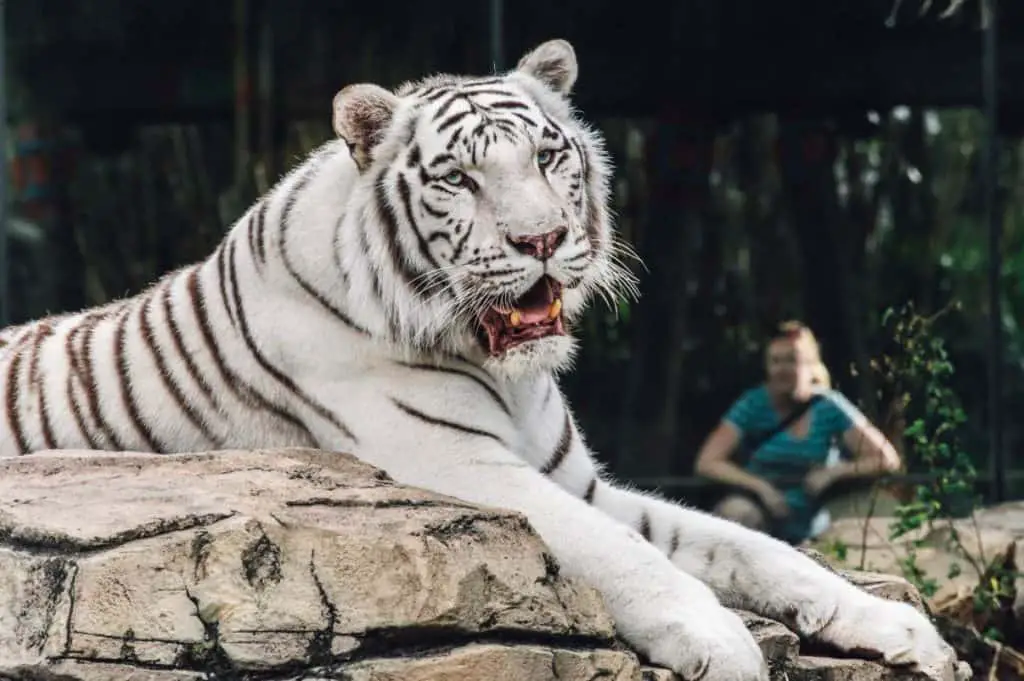
The lion is the second-largest living cat, but it’s still not as big as the tiger. The average weight for a male lion is 300 pounds, while females are much smaller at 180 pounds on average.
Unlike most cats who prefer being active during night hours, lions are most active around dawn and dusk when there isn’t much competition from other predators looking for food or territory.
Males usually don’t reach sexual maturity until they’re about 3 years old, while females reach maturity around age 2.
5) The males and females of lions look different.
In the world of cats, males and females look alike. However, in lions, this isn’t true.
Male lions have a distinctive mane that is absent from female lions. This difference between male and female lions may result from sexual selection for traits that make it easier to identify individual animals during mating season or because these traits indicate an animal’s genetic quality.
The evolutionary explanation for why males and females differ in appearance has been suggested due to its advantages when hunting prey by having a different coloration from his mate; a male can scare off other suitors more easily.
The opposite argument is also possible: females evolved not to have any markings so they would not stand out from their surroundings while with cubs and thus make them more difficult targets for predators.
6) Lions eat mostly meat, while other cats typically eat rodents or birds.
Lions are the only big cats with a diet primarily composed of meat. All other big cats, including tigers, leopards, and snow leopards, feed mainly on rodents or birds.
This is because lions are the only ones who can roar loud enough to scare off large predators like hyenas from their kill. Other cats must be more subtle to avoid being spotted by prey before getting close enough for the attack.
7) Lions live in warm climates, while other cats live in colder climates.
The lion has adapted to survive in hot environments with its thick mane and specialized sweat glands, which keep it cool during heatwaves.
Other cats have fewer adaptations, so they are better suited for more relaxed environments with shorter hair and smaller sizes.
8) Lion cubs develop and grow faster than most other cat species.
They are born with their eyes open, able to walk within a few hours of birth, and even run by the time they are one day old. Lion cubs also have sharp teeth that eat solid foods about three days after birth.
There are many reasons for this accelerated growth in lion cubs.
For example, lions live in groups that usually consist of related females and their offspring who all hunt together.
This social structure allows females to help raise the young so there is more free time available for caretaking during pregnancy, nursing, or raising babies while still hunting with pride when necessary.
Male lions are not typically involved in raising the young, so they have less of a need to grow as quickly. In fact, male lions often take a few years off from the responsibilities of hunting and caring for cubs to grow into their adult size and strength.
This difference in growth rates means that lion cubs can grow and learn to hunt accelerated. They can be put to work as soon as they are able and the group is better equipped to take down larger prey than if traveling as a small family.
Lionesses take care of all of the hunting in the pride, so cubs don’t need to stop nursing for very long, and they can continue to learn from their mothers and other lionesses in satisfaction.
Cubs will also start to help with the care of younger siblings, so they are constantly learning and growing.
9) Unlike other cats, lions cannot retract their claws into their paws.
This is a limitation that the lion must deal with to hunt prey.
Lions are agile and can leap up onto high ground, which gives them an advantage when hunting prey in tall grasses or bushes where they would have difficulty seeing what was in front of them.
When stalking prey on the ground, lions will crouch low to make sure not to be seen by their potential meal before leaping up for the kill.
10) Tail: Unlike most other cat species, lions have short tails.
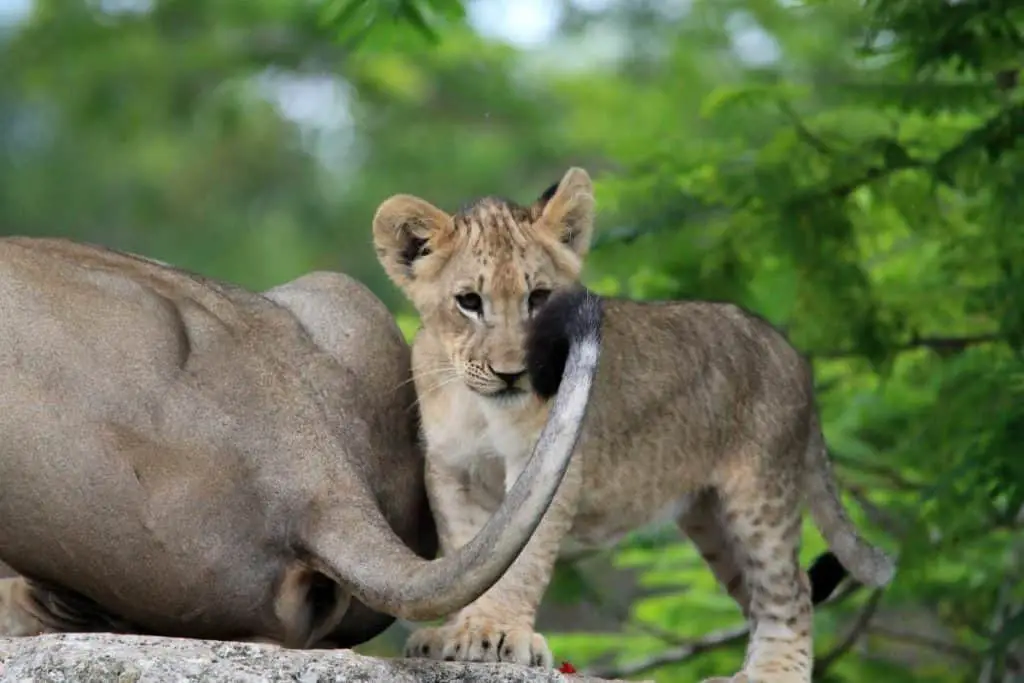
The tail of a lion is different from other cats. It’s short and doesn’t have fur, making it easy for them to swat at prey.
The lions’ tails are used as a weapon, but they’re also helpful when balancing themselves while standing up or sitting down.
In addition, their tails can communicate with one another by either wagging their tail or flattening it against the ground.
FAQ:
Why are lions the only social big cats?
Lions are the only social big cats, and this is because they have a more cooperative hunting strategy than other big cats. They also live in open grasslands, which provide them with ample prey.
Lions may be the most successful of all large carnivores because their cooperative nature and plentiful food supply allow both males and females to reproduce at a high rate compared to other big cat species.
Why do lions not eat other cats?
Lions do not eat other cats because they are related. Lions and other big cats share a common ancestor, which means that all cats (including lions) descended from the same lineage of animals after splitting into different species.
Despite their meat diet, this shared ancestry causes lions to be classified as felids instead of carnivores.
